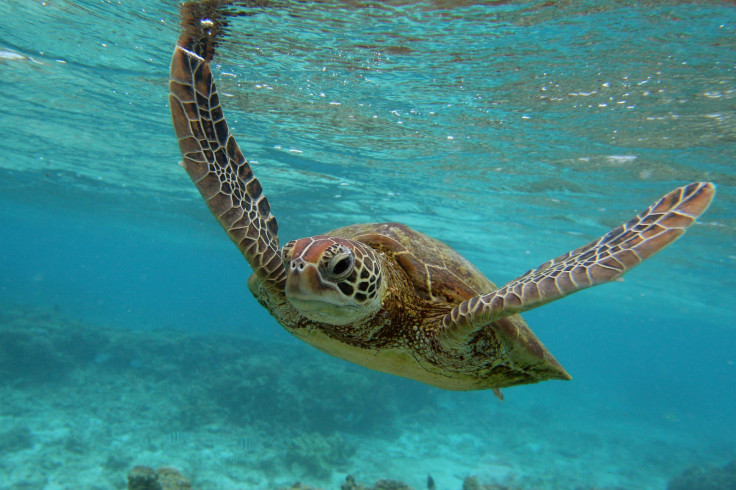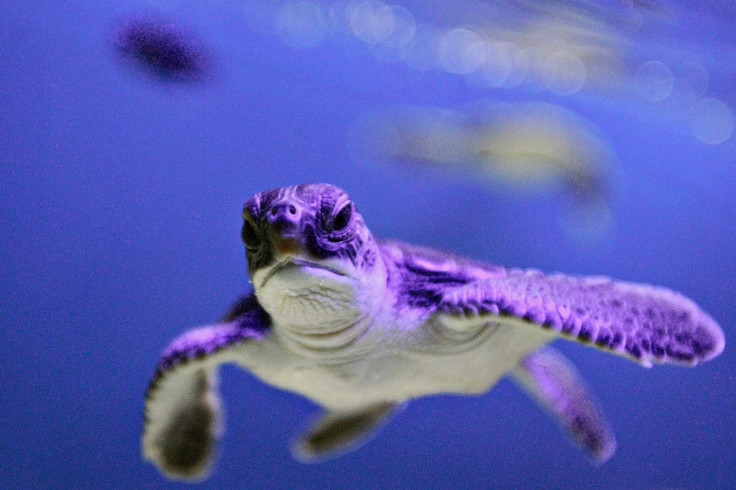World Turtle Day: Facts and figures about conservation and protection

Sea turtles are one of the oldest reptile groups, and date back to over 100 million years ago, but the sea creatures are under threat. Thousands of turtle hatchlings emerge from their nests along the south-east US coast and enter the Atlantic Ocean, but only an estimated one in 1,000 to 10,000 will survive to adulthood.
Nearly all species of sea turtle are classified as endangered. Human activity has pushed turtle species towards extinction, with poaching, habitat destruction and the effects of climate change on nesting sites. To help stop their decline, campaigners are calling for better conservation efforts on World Turtle Day, marked on 23 May. So why are sea turtle populations decreasing?
Climate change
Environmental conditions have a significant impact on a turtle's life, including the sex of the offspring. The warmer temperatures caused by climate change disrupt the normal sex ratios, resulting in more female hatchlings – which reduces reproductive opportunities and decreases genetic diversity. Melting polar ice caps and rising sea levels erode coastal habitats of sea turtles, decreasing the size of their nesting beaches.
Illegal shell trade
Turtles have continually been hunted for their shells, which are used to create jewellery and other luxury items. The Hawksbill turtle has a distinctively patterned shell, which has led their decline.
Overharvesting
Sea turtles are harvested unsustainably for human consumption, as well as the trade of their parts. Their meat and eggs are a source of food and income for many worldwide and they are also killed for local ceremonies or medicines. The international trade in all sea turtle species and their parts is prohibited under the Convention on International Trade in Endangered Species of Wild Fauna and Flora.

Commercial fishing
Hundreds of turtles are accidentally captured in commercial fishing nets every year, which often leads to drowning. The WWF is working with fisheries to help reduce the number of turtles captured.
Habitat loss
The human use of nesting beaches can result in a negative impact on nesting turtles and hatchlings. The disturbance of nesting females can even cause the turtles to stop nesting entirely and return to the ocean.
Beach furniture such as umbrellas and small boats can reduce the success of nesting, as well as potentially trapping nesting females, according to the Sea Turtle Conservancy. Even tyre tracks on a beach can lengthen the time it takes for a hatchling to reach the sea from its nest, increasing its chances of being caught by a predator.
Oil spills
Turtle species were at great risk after the Deepwater Horizon Oil spill in 2010 in the Gulf of Mexico. Data from the Sea Turtle Stranding and Salvage Network indicates a five-fold increase in turtle strandings in the aftermath of the disaster. According to the National Wildlife Federation, in the six months since the start of the spill, 1,066 sea turtles were collected and more than 450 showed signs of oiling.

© Copyright IBTimes 2025. All rights reserved.





















